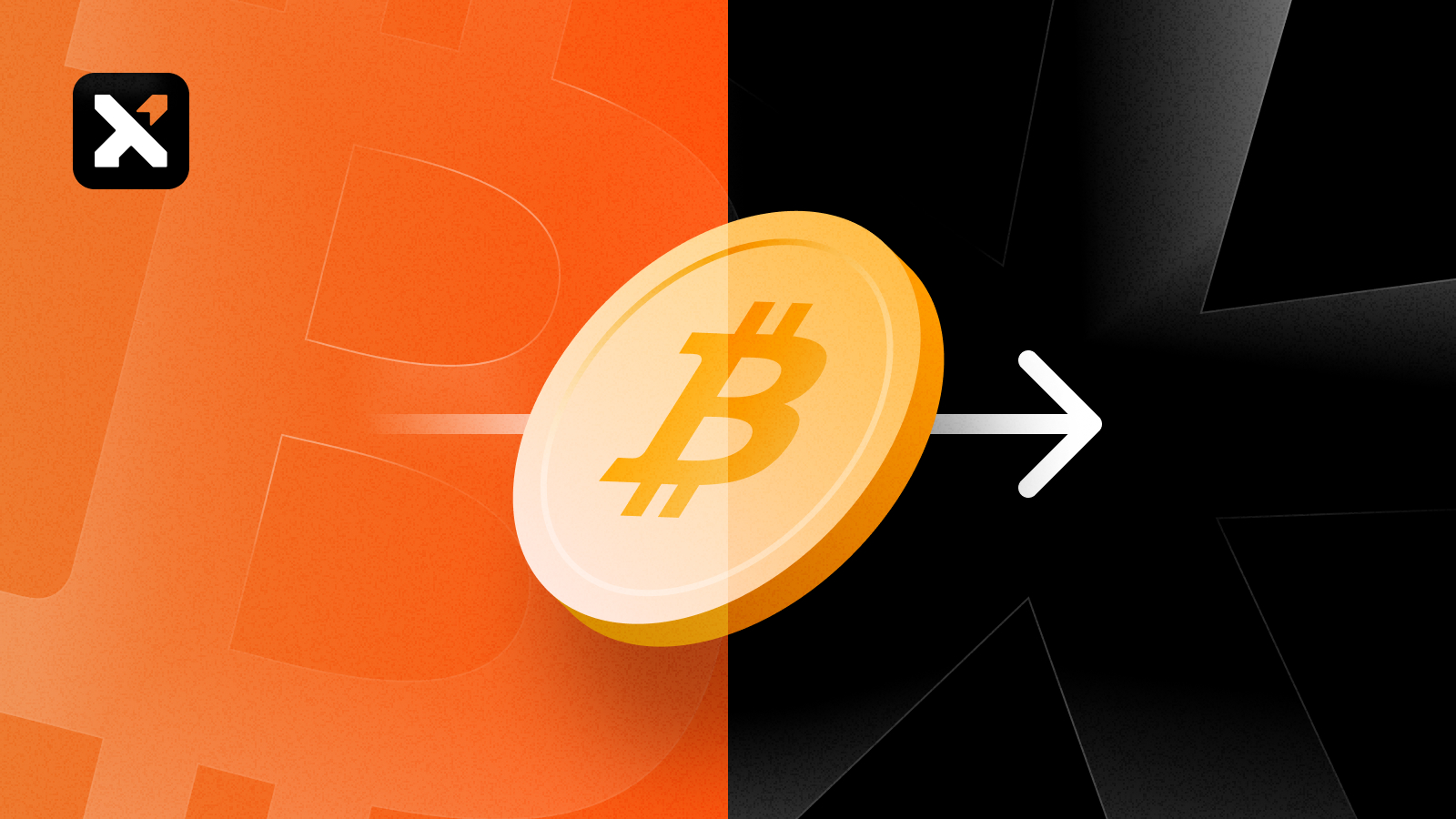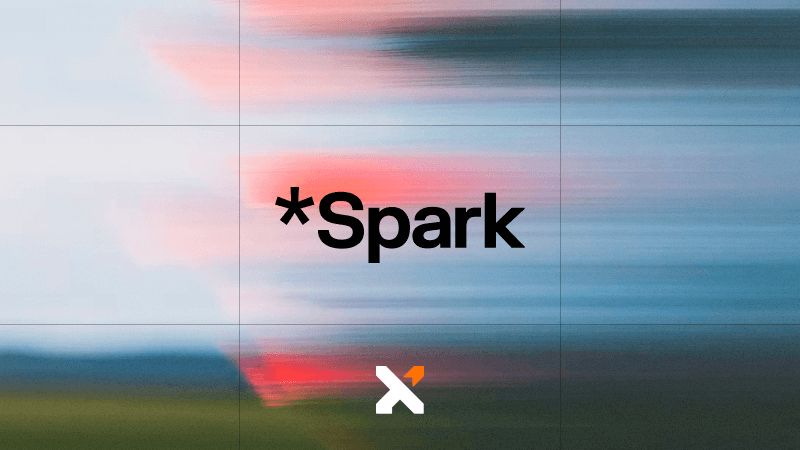What Is BOB (Build on Bitcoin)? A Guide to the First Hybrid Bitcoin Layer 2 Stack
Learn about BOB (Build on Bitcoin), the new Bitcoin Layer 2 protocol
_%20A%20Guide%20to%20the%20First%20Hybrid%20Bitcoin%20Layer%202%20Stack-min.jpg)
Sign up for updates!
Stay tuned to our latest news and updates
.svg)
We are witnessing the emergence of several new Bitcoin layer-2 protocols that aim to bring new features and functionalities to Bitcoin while addressing the network’s scalability challenges. BOB is a prominent Hybrid Layer-2 protocol in the Bitcoin ecosystem, combining Bitcoin’s security with Ethereum’s EVM capabilities.
Read on to learn more about BOB and what it brings to the Bitcoin ecosystem.
What is BOB?
BOB, or Build on Bitcoin, is a unique Hybrid Layer-2 (L2) protocol that fuses Bitcoin's security and capital with Ethereum's DeFi innovation and versatility..
BOB is a hybrid because it is simultaneously a member of the Superchain, leveraging the OP Stack as an Ethereum Roll up, and also a Bitcoin Secured Network, integrating with Babylon for Bitcoin finality via billions of dollars of staked BTC. With a BitVM bridge launching in the near future, BOB enables BTC to be deployed into DeFi in a trust-minimized way.
What Is the Vision for BOB?
BOB’s vision is to put Bitcoin at the heart of DeFi.
Currently only 0.3% of Bitcoin’s market cap is utilized in DeFi, compared to 30% for Ethereum. With the Hybrid model and improved UX, BOB is on a mission to close this gap.
Encourage Innovation
BOB is a protocol where developers can pioneer innovation and experimentation in diverse areas such as rollups, AI, DAOs, DeFi, NFTs, and entertainment, aiming to unlock more use cases on Bitcoin and attract a larger user base.
By merging the strengths of Bitcoin and Ethereum, BOB seeks to unlock new use cases and trillions in liquidity, making it the ideal home for Bitcoin DeFi.
BOB’s co-founder Alexei Zamyatin is a co-author of the latest BitVM bridge design, BitVM2, which is being followed by the majority of protocols in the sapce.
BOB encourages innovation on Bitcoin while giving users access to Bitcoin’s core values: immutability, robust security, scarcity, decentralization, and portability.
Furthermore, BOB ensures that projects built on it can also be deployed on other chains and rollups.
Enhancing Security and Sustainability
BOB enhances its security and economic sustainability by integrating Bitcoin finality through BTC staking thanks to an integration with Babylon.
In this model, nodes stake BTC on the Bitcoin network to verify the BOB chain, ensuring robust security. Additionally, BTC staking combined with BitVM enables trust-minimized access to BTC on BOB, fostering a secure and decentralized ecosystem.
Seamless Interaction Between Bitcoin and Ethereum
BOB aims to facilitate seamless interaction between Bitcoin and Ethereum, allowing users to benefit from Ethereum’s innovation and Bitcoin’s robust security.
To achieve this, BOB will operate BTC-secured bridges to Ethereum and other smart contract chains, enabling trust-minimized deployment of BTC into DeFi and unified asset management across ecosystems.
How Does BOB Work?

BOB is a unique Hybrid Layer-2 network designed to combine the strengths of the Ethereum and Bitcoin networks. Here are the descriptions of its different components.
Security Model
Security Model
BOB achieves its security through a phased approach:
- Phase 1 (Current): BOB operates as an OP Stack ETH L2, leveraging Ethereum’s security.
- Phase 2 (Rolling out): BOB will add Bitcoin finality via BTC staking, where nodes stake BTC on Bitcoin to verify the BOB chain. This, combined with BitVM, enables trust-minimized BTC access on BOB.
- Phase 3 (In Research): BOB aims to inherit full Bitcoin security as an optimistic rollup using BitVM and ZK proofs, with BTC staking for fast finality.
Rollup Layer
BOB utilizes a rollup layer to scale transactions off-chain while inheriting security from the base layer. Currently, in Phase 1, BOB operates as an Optimistic rollup built on the OP Stack, settling on Ethereum.
In future phases, BOB plans to enhance its rollup with Bitcoin security features, ultimately becoming an optimistic rollup that inherits full Bitcoin security using BitVM and ZK proofs.
Bridges
A native BTC bridge powered by BitVM2 will enable trustless deployment of BTC into DeFi. The BitVM bridge is currently live on BOB testnet and planned for deployment on mainnet in the near future.
When Bitcoin finality is live, BOB will operate BTC-secured bridges to Ethereum and other chains. This works with any smart contract chain that can run a Bitcoin light client, verifying BOB’s finality on Bitcoin.
These bridges allow users to deploy BTC into DeFi applications on BOB and access multi-chain assets without relying on centralized exchanges. Additionally, BOB supports bridges that enable EVM smart contracts to access Bitcoin transaction data for processing peer-to-peer swaps directly between Bitcoin mainnet and BOB.
Smart Contracts
BOB is EVM-compatible, enabling developers to build Bitcoin-secured decentralized applications with the Solidity programming language. EVM smart contracts are expressive and complex, promoting innovation on Bitcoin.
This EVM compatibility also means BOB supports existing Ethereum wallets, block explorers, data analytics platforms, and developer tools like Remix and Hardhat.
What’s Next for BOB?
At the time of writing, BOB is in Phase 1, operating as an OP Stack ETH L2 with over 350,000 unique users, more than 100 projects including tier-1 DeFi apps, and over $200 million in total value locked (TVL). BOB currently supports all major BTC wrappers and LSTs, providing a robust platform for Bitcoin DeFi.
Users can already explore staking BTC into dozens of products like LSTs and DeFi vaults with just one BTC transaction via Xverse Earn.
With Phase 2 starting roll out in Q1 2025, BOB will introduce Bitcoin finality via BTC staking combined with BitVM, enhancing security and enabling trust-minimized BTC access. With the launch of Bitcoin finality, all the DeFi transactions of all of the EVM dapps on the BOB network will then be secured by Bitcoin.
Xverse: Your Gateway to Web3 Built on Bitcoin

Xverse is at the forefront of streamlining the Web3 experience for Bitcoin users, supporting Bitcoin (BTC), Ordinals, Runes, BRC-20 tokens, and Rare Sats. This allows users to interact with different products within the Bitcoin ecosystem from a single, easy-to-use interface.
Share this article



.svg)




